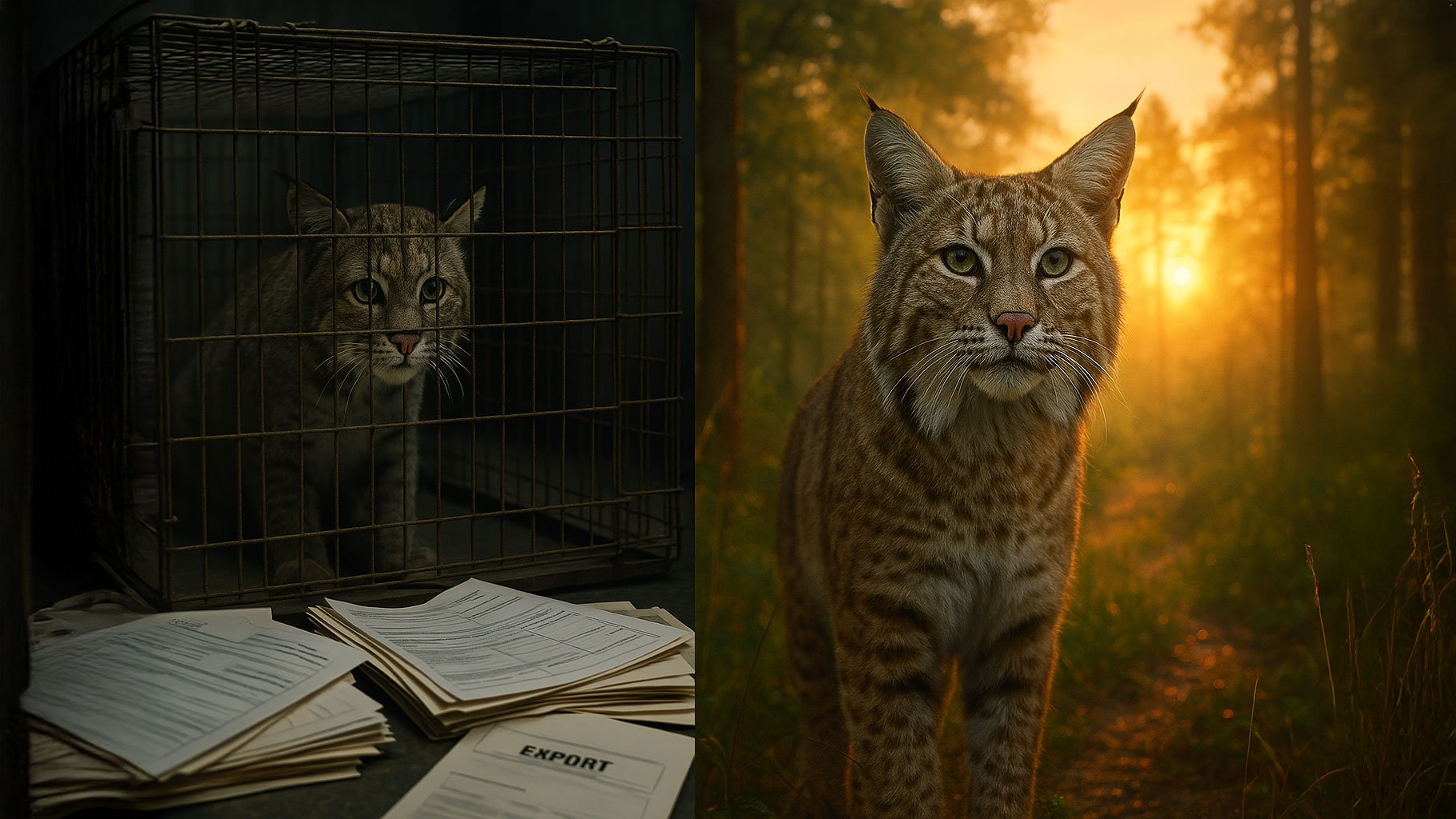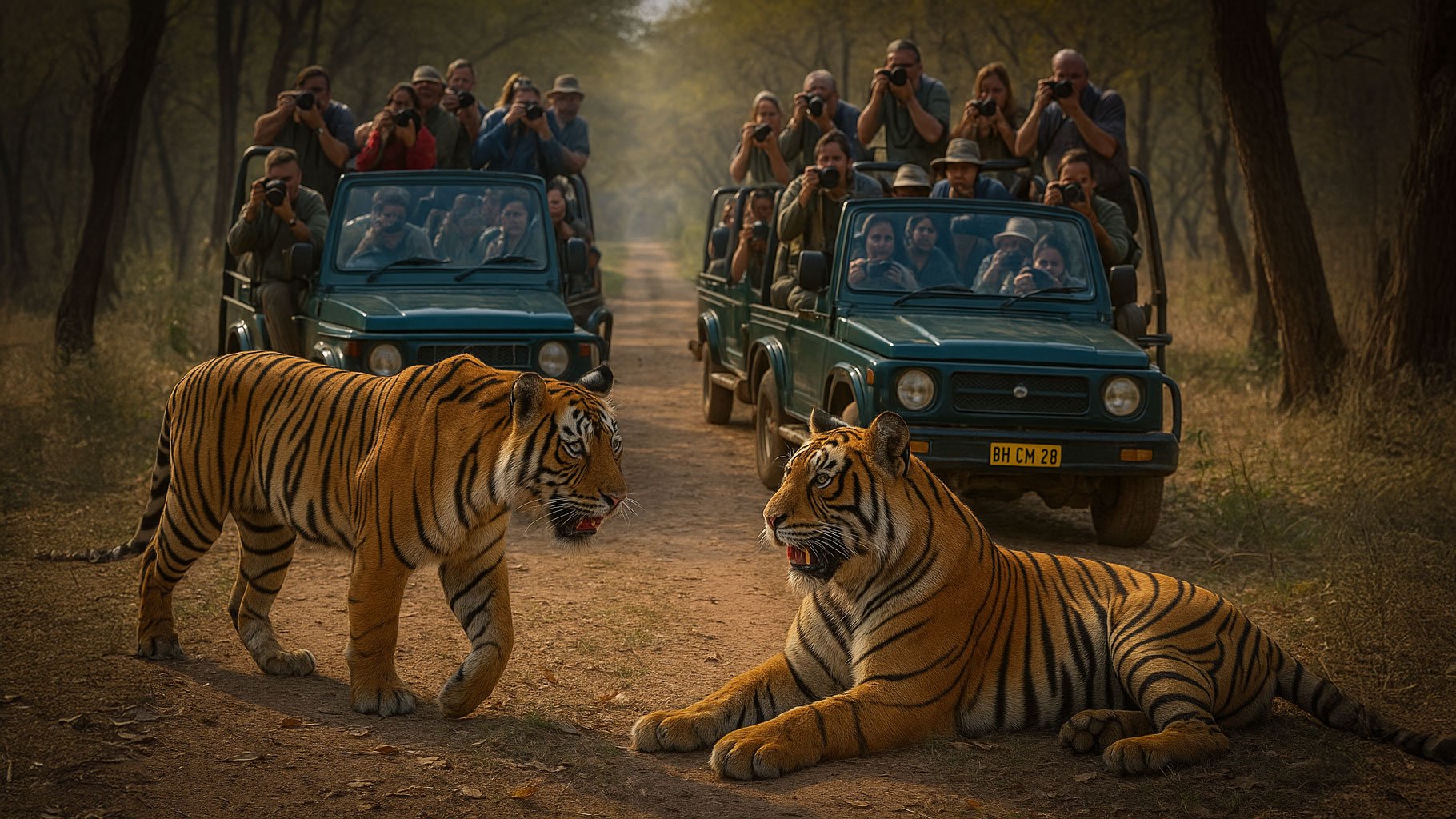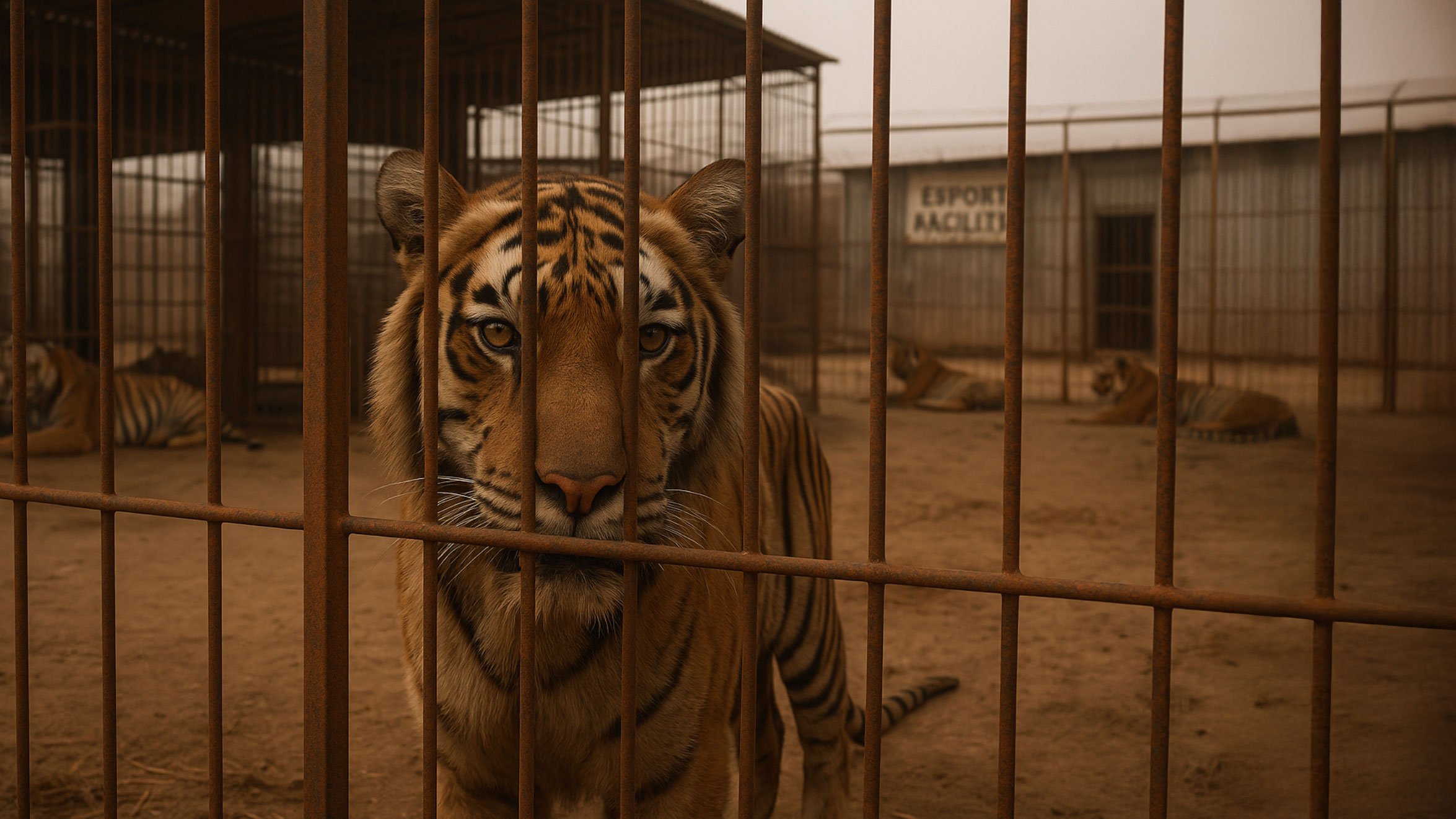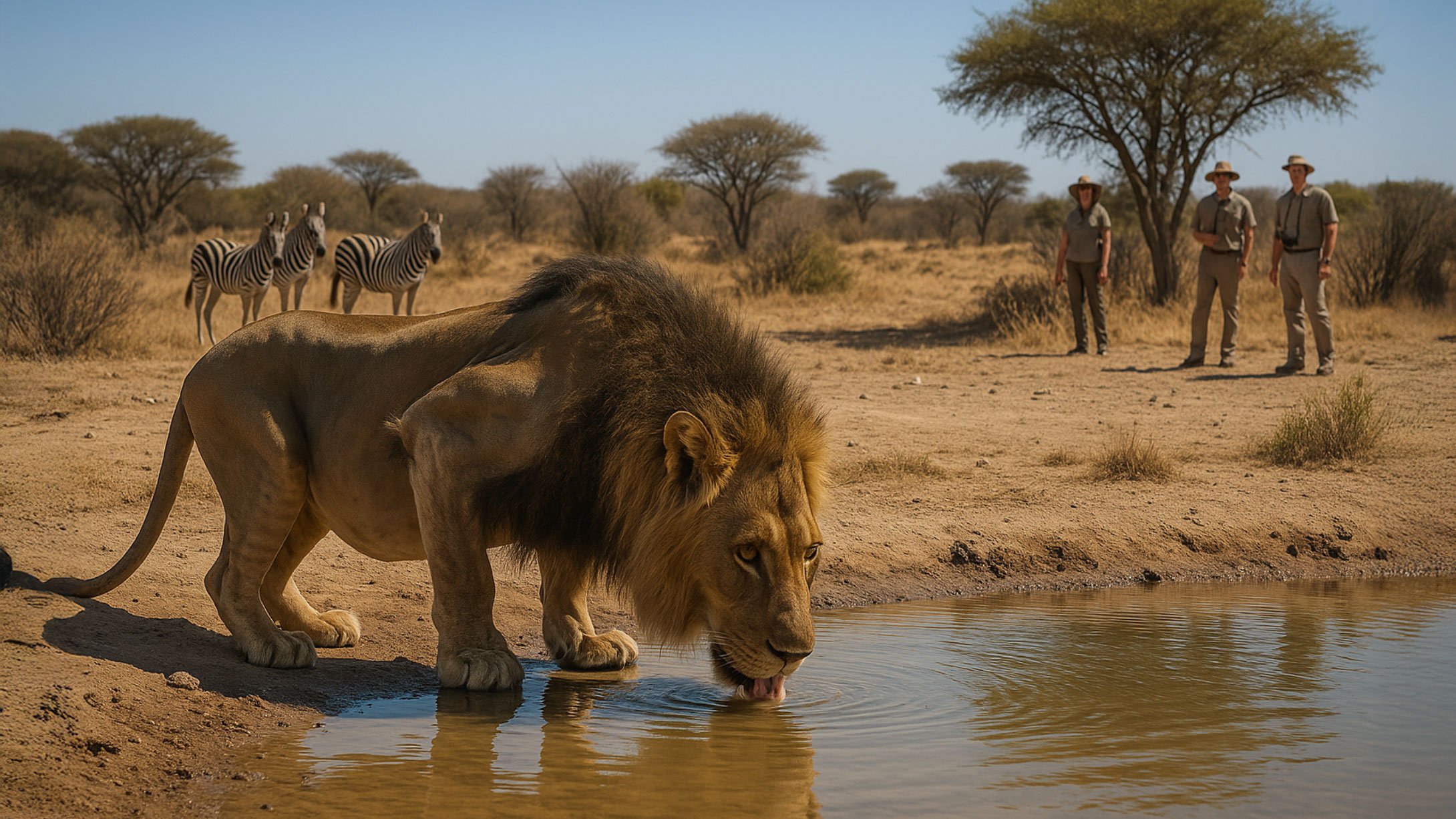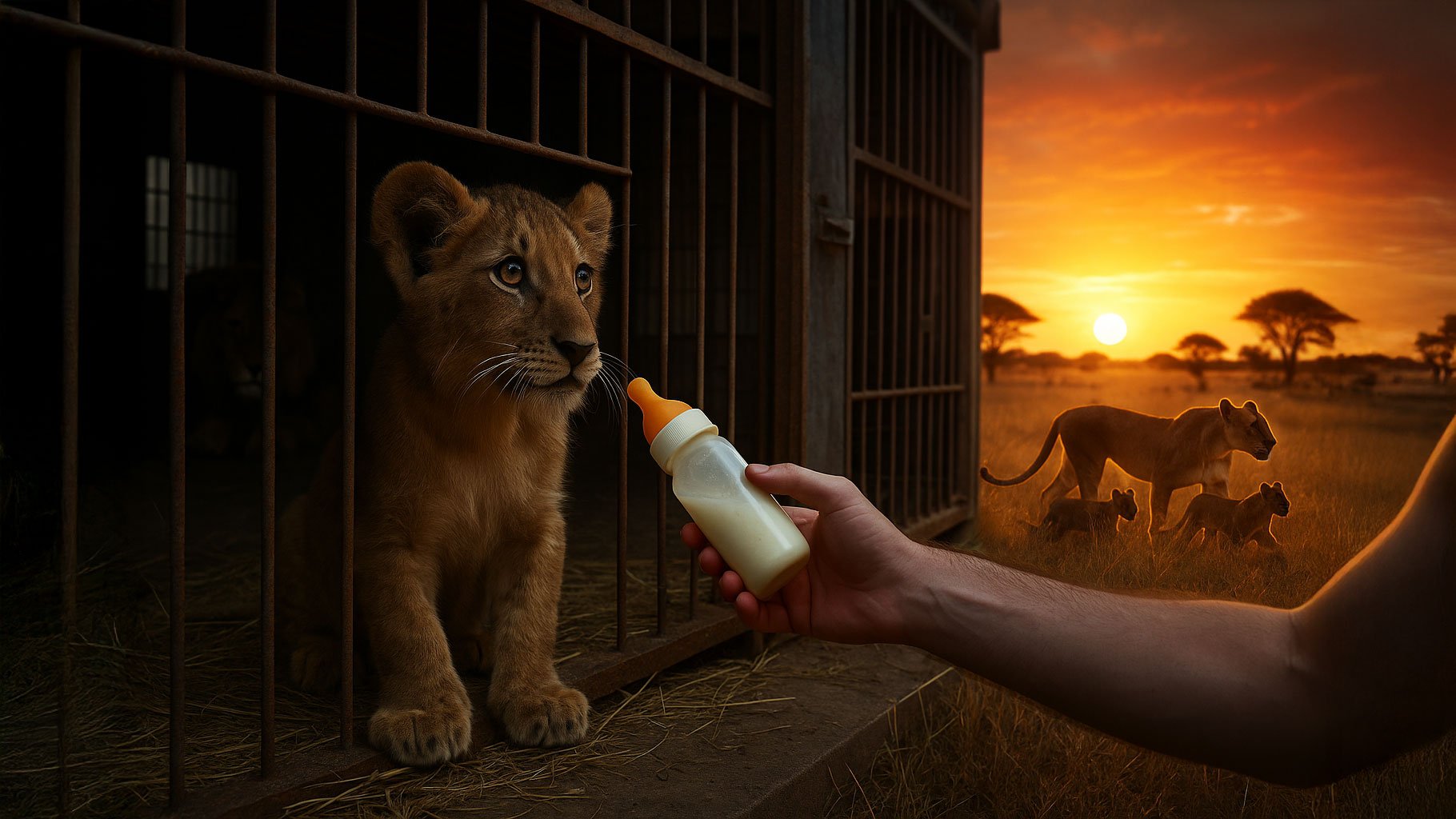Paper Tigers: The Hidden Cost of Legal Wildcat Trade
Captive bobcat VS wild bobcat AI ChatGPT
In the stillness of a twilight savanna, a serval silently stalks the tall grasses, its golden coat dotted with black spots, ears swiveling to catch the rustle of unseen prey. It's the picture of wild beauty, freedom—and fragility. Because while this cat lives in the wild, thousands of its kind are not so lucky. Many are trapped in a maze of international bureaucracy, traded legally under the banner of conservation, yet doomed to lives behind bars, in roadside zoos, or worse—exotic pets in suburban backyards.
The recent Mongabay report on CITES data has cracked open a door we cannot afford to ignore: even legal trade can fuel exploitation, and wildcats—big and small—are paying the price.
When Legal Doesn’t Mean Ethical
The Convention on International Trade in Endangered Species of Wild Fauna and Flora, or CITES, was born to regulate international wildlife trade and ensure it doesn’t drive species to extinction. It sounds noble—and in many ways, it is. But the numbers tell a more complicated story.
Between 2011 and 2020, CITES data reveals that 119 countries were involved in the legal trade of wild cats, including lions, servals, caracals, ocelots, bobcats, and tigers. Tens of thousands of wild cat parts and live animals changed hands legally, often under permits labeled as “captive-bred.” But how “captive” is captive-bred when the foundation of these breeding programs often comes from wild-caught ancestors? Or when loopholes allow laundering of wild-caught animals under false documentation?
Legal doesn’t always mean humane, sustainable, or safe.
A Tiger’s Tale—Stamped and Sold
Consider this: in the same timeframe, over 6,000 tiger derivatives—including skins, claws, and bones—were traded legally. Most came from captive sources in countries like South Africa and Thailand, which have long been under scrutiny for their commercial tiger farms. These operations breed tigers like livestock, marketing their parts under the guise of tradition and legal commerce.
This is not conservation. It’s commodification.
And the market doesn’t stop at tigers. Servals, small spotted cats native to Africa, have surged in popularity as exotic pets. Over 2,000 servals were legally exported during the 10-year span, often destined for homes wholly unfit for their wild needs. Many wind up in rescue facilities—or worse, abandoned, declawed, or dead.
The trade isn't just a risk to animal welfare—it threatens public safety, too.
Exploitation Dressed in Paperwork
“Legal” trade offers a veneer of legitimacy that masks the brutality of the wildcat industry. Paperwork can be forged. “Captive-bred” can be a euphemism for “laundered.” And legal exports may still feed demand that drives illegal poaching.
If a market exists—legal or not—someone will find a way to fill it.
The CITES permitting system, while well-intentioned, is only as strong as the enforcement behind it. Countries with limited resources, corruption, or poor record-keeping become blind spots in the system. And wildcats, adaptable and often solitary, are easier to trap and smuggle than larger, more social animals.
Famous Faces, Hidden Harm
We live in an age when wild animals can go viral. Videos of exotic cats prancing through kitchens or napping on couches rack up millions of views. But behind the "aww" factor lies a darker reality: just because something is legal doesn’t make it ethical.
Take Floppa the Caracal, the meme-famous cat whose oversized ears and expressive face have turned him into an internet sensation. While many assume he's a digital creation or a joke, Floppa is real—and living far from his natural habitat. The same goes for Chloe the Serval, who gained notoriety on TikTok and YouTube as her owner documented their life together, or the account Serval Shorts, which features a serval raised as a pet. These cats may look cute in videos, but their presence in suburban homes isn’t a testament to love—it’s often a symbol of captivity.
Caracals and servals are wild animals, not house cats. They require complex enrichment, vast spaces, and the freedom to express natural behaviors like climbing, stalking, and roaming. No amount of cuddles or views can replace that. These videos often ignore the darker side of exotic pet ownership: declawing, dietary deficiencies, behavioral stress, and eventual abandonment when the animals become unmanageable.
The legality of keeping a serval or caracal as a pet in some jurisdictions doesn’t make it right. It only underscores how loopholes in legislation continue to enable suffering, all while millions cheer on in ignorance.
These owners will say they love their animals. But what they love is your attention and love without compassion is not enough, especially when it fuels an industry that profits off keeping wildness behind walls. What the world needs isn’t more content—it’s more conscience.
What Conservation Should Really Look Like
Conservation isn't about supplying the pet trade or satisfying morbid curiosities about skins and bones. It's about protecting species in the wild, preserving their roles in ecosystems, and ensuring future generations will know these animals not from cages—but from the brush of tall grass, the gleam of moonlight on whiskers, the whisper of paws on earth.
Big Cat Rescue made the decision to stop operating as a sanctuary and pivot fully to in-situ conservation—because true protection happens in the wild. We now fund projects that safeguard habitats, empower local communities, and fight trafficking at its roots. But we need your help to amplify that mission.
What You Can Do
Speak out: Share this story. Most people don’t realize the extent of the legal wildcat trade.
Support legislation like the Big Cat Public Safety Act in the U.S., which bans private ownership and public contact with big cats—and advocate for similar protections globally.
Donate to real conservation: Support organizations working in the field to keep wildcats wild.
Say no to exotic pets: Even if they’re “legal.” Wild means wild.
These cats don’t need new cages—they need fewer permits.
Let’s transform a system that’s paper-thin on protection into one rooted in respect, ethics, and preservation.
Because wildcats aren’t paperwork. They are pulse, presence, and power—meant to roam free.
Read the Mongabay article here: https://news.mongabay.com/2025/04/what-do-cites-data-tell-us-about-the-legal-wildcat-trade/
